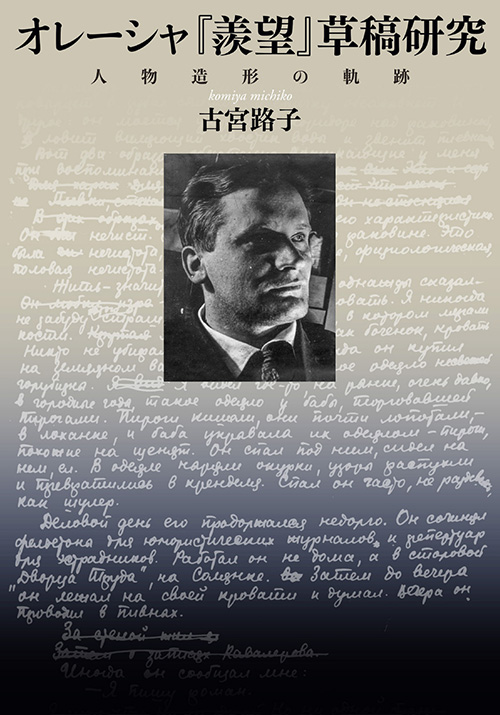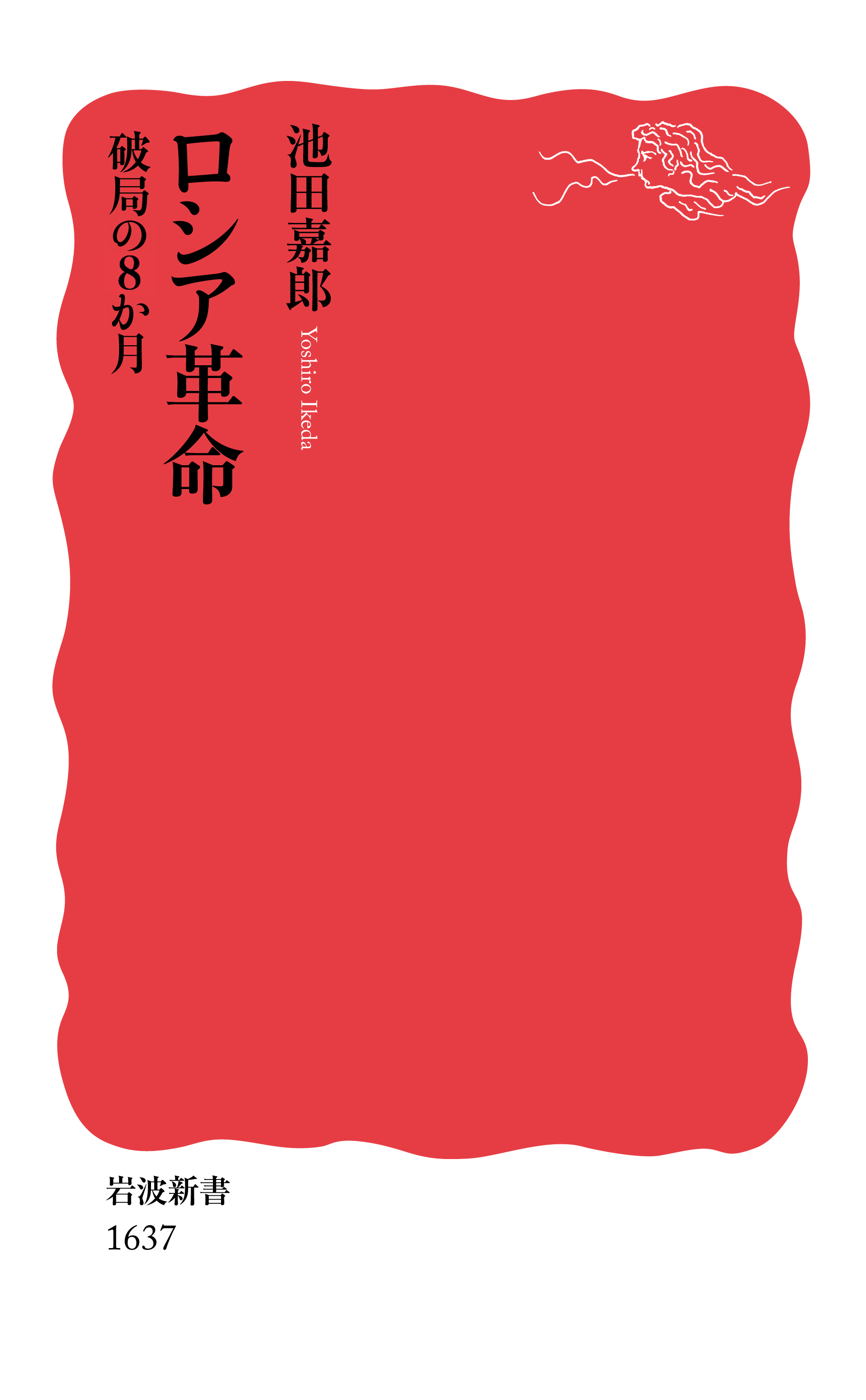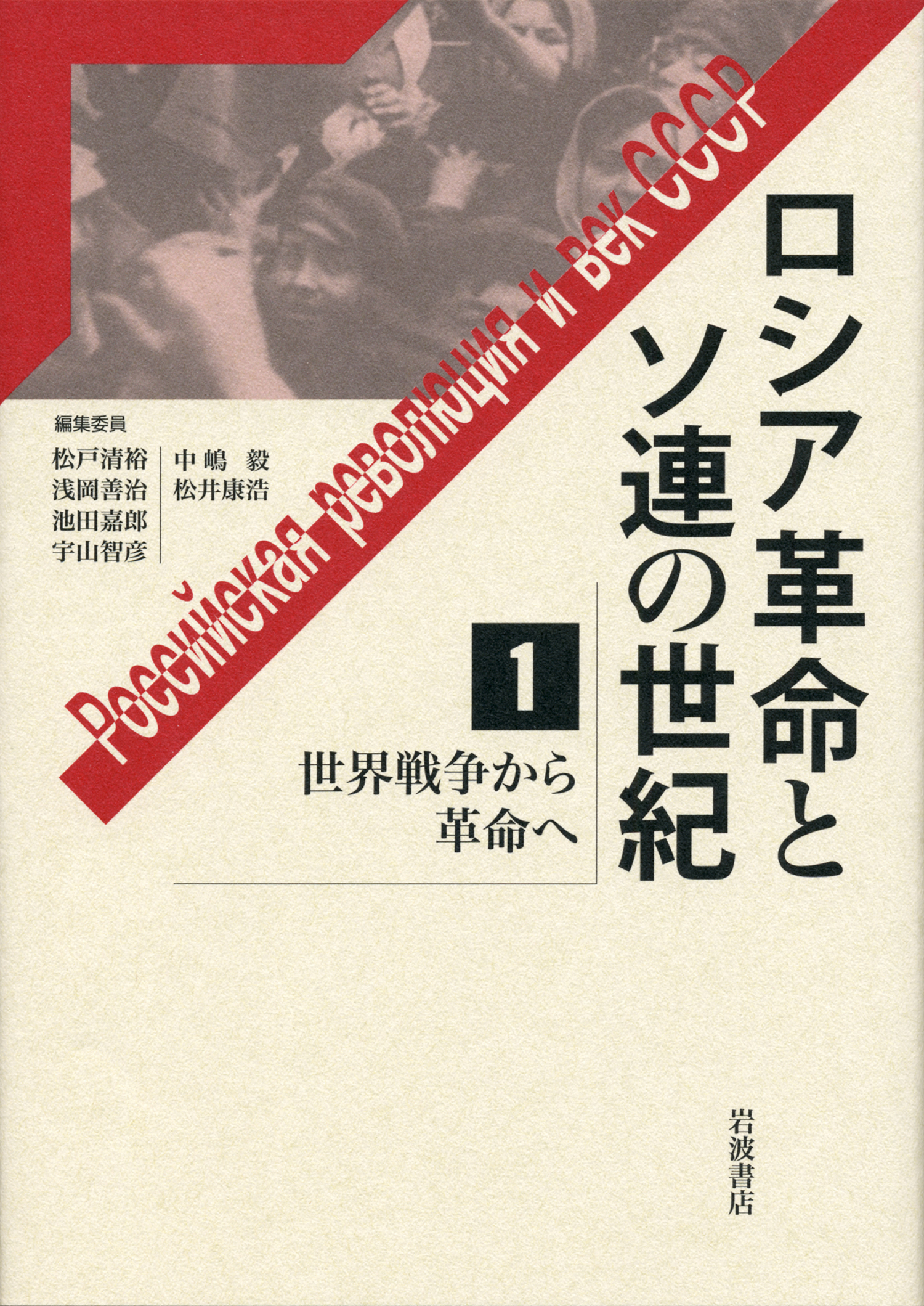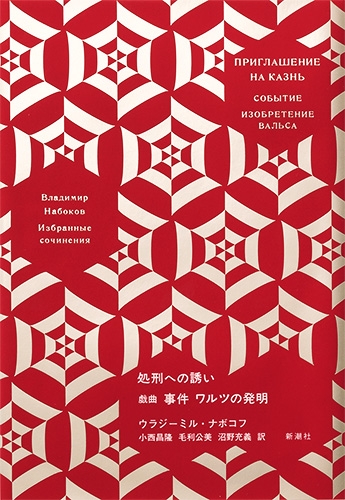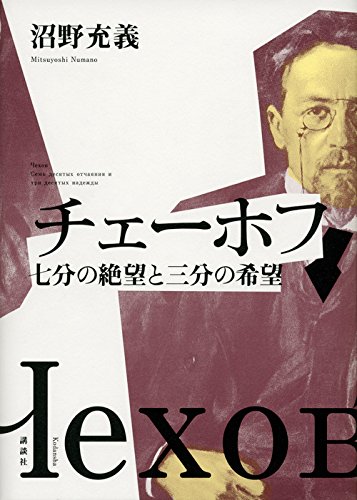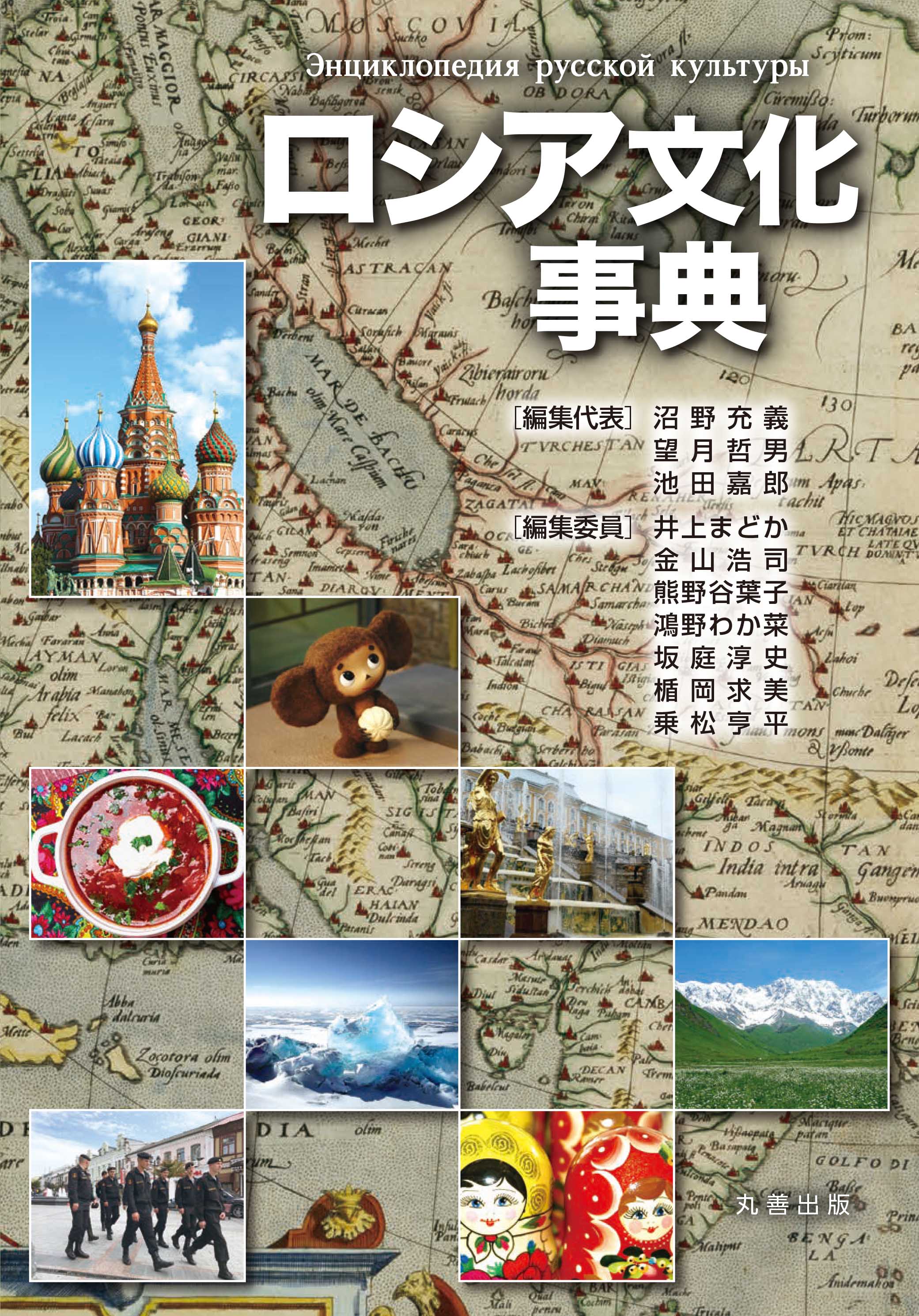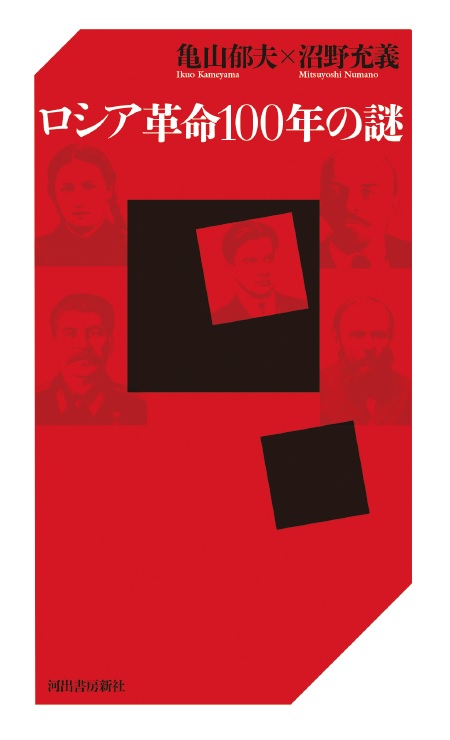
Title
Roshia Kakumei 100 Nen no Nazo (100 Years Since the Russian Revolution: Mysteries)
Size
368 pages
Language
Japanese
Released
October 24, 2017
ISBN
978-4-309-24828-8
Published by
Kawade Shobo Shinsha
Book Info
See Book Availability at Library
Japanese Page
Adopting a dialogue format, this book seizes the opportunity presented by the one hundred-year anniversary of the Russian Revolution to consider both its impact on future generations and contemporary significance, while also reflecting on the subsequent path of Soviet and Russian history. The discussants are Kameyama Ikuo (President, Nagoya University of Foreign Studies) and Numano Mitsuyoshi (Professor, Graduate School of Humanities and Sociology, The University of Tokyo). The former is a specialist in Russian avant-garde literature and art, as well as Dostoevsky’s writings, and the latter is a literature scholar who studies the works of Chekhov and Nabokov, as well as Polish literature, comparative literature, and literary criticism. They held seven discussions lasting three to four hours from February to June 2017, which they then edited and expanded for publication. The research conducted by these scholars has spanned many years, beginning with their days as university students, and has consistently been centered on Russia Owing to their scholarship, exchange with Russian scholars, and time as residents in Russia, they are uniquely qualified to comprehensively discuss various issues related to the riddle-filled history of Russian culture.
This book stands out for its consistent adoption of a cultural and art history perspective, in contrast to most books on the historical significance of the Russian Revolution, which adopt a political history perspective. Further, it not only covers the century following the revolution, but also begins with the nearly century-long, preparatory period which preceded it, thus rendering it a diachronic history of modern Russia from a cultural history perspective, spanning the beginning of the nineteenth century to the early twentieth-first century, with the Russian Revolution serving as a halfway point.
The first half of the book focuses mainly on nineteenth century Russian literature, concretely discussing the works and reflections of Dostoyevsky, Tolstoy, and Chekhov. The discussion highlights the following: Dostoyevsky’s Brothers of Karamazov already has elements that predict the Russian Revolution; Tolstoy’s technique, called ostranenie (defamiliarization) by Russian formalists, includes radical societal criticism that connects with revolutionary thought; and even Chekhov, who always maintained a distance from political movements, depicted a woman who was a possible future revolutionary.
Around the time of the revolution, the artists and writers of the Russian avant-garde (such as Futurists), which unfolded in parallel with the revolutionary political movement, were deprived of the option for free expression under the Communist Party’s unitary rule that accompanied the establishment of a Stalinist system. However, in the socialist realism that replaced the avant-garde, phenomena emerged that anticipated contemporary post-modern culture. The foundation upon which contemporary post-modern culture rapidly developed in Russia following the fall of the Soviet Union in 1991 initially emerged during the time of socialist realism.
After addressing the aforementioned topics along with many others, the authors note that history constitutes a kind of narrative in the conclusion, and argue that in order to describe the history of the Russian Revolution today, it is necessary to construct a new poetics for historical narratives.
(Written by NUMANO Mitsuyoshi, Professor, Graduate School of Humanities and Sociology / 2019)



 Find a book
Find a book


